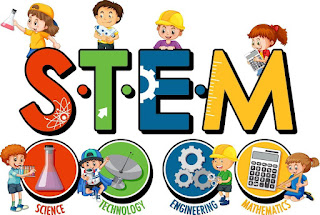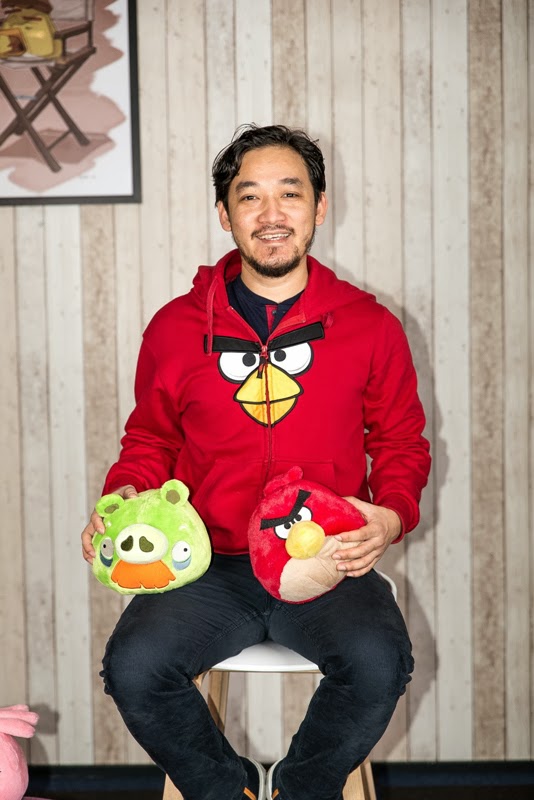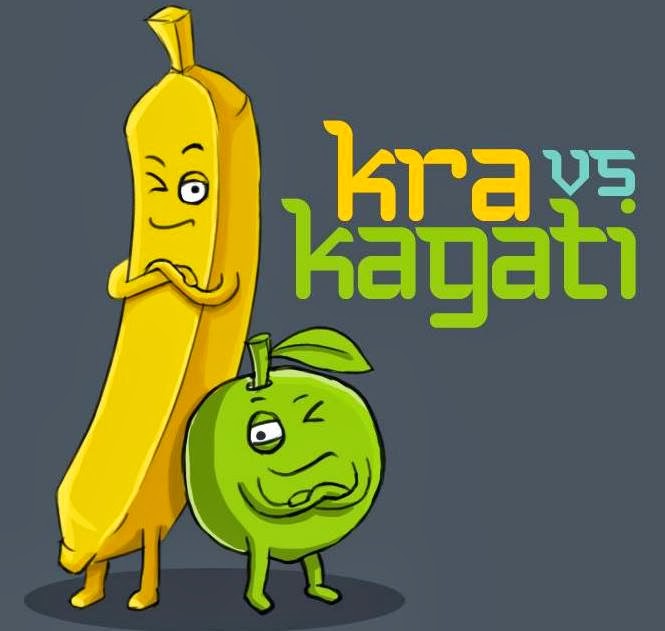According to the National Science Teachers Association (NSTA), “A common definition of STEM education is an interdisciplinary approach to learning where rigorous academic concepts are coupled with real-world lessons as students apply Science, Technology, Engineering, and Mathematics in contexts that make connections between school, community, work, and the global enterprise enabling the development of STEM literacy and with it the ability to compete in the new economy.” STEM is a combination of two or more of the following within a learning experience: Science, Technology, Engineering, and Mathematics. STEM also teaches soft skills needed in all careers, such as Creativity, Solving tough problems, Critical thinking, Gathering and evaluating evidence, Making sense of information, Data analysis, Communication, etc.
A variation of STEM is STEAM, which includes an `A' for art and design, and STREAM, which includes Reading or Research. Art and design are becoming an important part of STEM education since creativity is an essential part of innovation. Many STEM lessons involve model building and situational simulation. These also focus on the basic subjects of education and effectively prepare students for the future. NSTA summarizes the many variations of STEM education by saying, “It is about moving forward, solving problems, learning, and pushing innovation to the next level.”
According to the U.S. Department of Education, “All young people should be prepared to think deeply and to think well so that they have the chance to become the innovators, educators, researchers, and leaders who can solve the most pressing challenges facing our nation and our world, both today and tomorrow. However, right now, not enough youths have access to quality STEM learning opportunities and too few students see these disciplines as stepping stone to their careers.”
Employers in non-STEM fields heavily recruit graduates with STEM degrees because they possess skills that students with other majors may not have developed. A good STEM lesson ensures that students understand the connection to the real world. Educating students in STEAM subjects (if taught properly) prepares students for life, regardless of the profession they choose to pursue. As a developing country, Nepal needs help with skilled manpower which STEAM education can create. STEAM education will produce students proficient in various practical and experimental fields, giving birth to STEM professionals such as engineers, scientists, architects, and many more.
When students make simple things such as a toy robot or electric vehicle, then they are learning multiple things such as force, energy, transformation, interconnection, and modeling with the arts and designs. Integrating different disciplines in STEAM education may encourage students to enhance four basic skills- creativity, collaboration, critical thinking, and communication that are fundamental for the 21st-century job market (Kandel, 2018).
Every year in Nepal, many students get poor grades in SLC, also called the Iron Gate of examination, merely because of their weakness in Mathematics and Science. Interpretations on the statistics of SLC results are also done and problems over this issue are discussed. However, the discussions over how to sort out the students who are uninterested in these subjects are usually not done. Are these students really vulnerable to these two subjects or uninterested in these two subjects? Students can do something in this area only if they are cordially interested. The way to create a group of talented and technology-enabled students is through STEM education. It is very important because Nepal has not yet been on the road to development. This education can only provide the expert manpower for national development. STEM is a curriculum-based idea of teaching Science, Technology, Engineering, and Mathematics in an innovative and collaborative approach rather than teaching them individually. These four areas are the cornerstone of scientific innovation and development.
Best pedagogical methods are employed to focus students’ interest in this area. The motto of STEM education is that innovations can be achieved from that group of students who are really interested in this arena and who can sacrifice their life for this. And the purpose of teaching science and technology is not merely to produce new teachers but also to produce highly-skilled manpower who can do something miraculous for this world via research and innovation. Science, technology, engineering, and mathematics (STEM) education puts an emphasis on preparing future generations to be successful in their careers. The skills gained from STEM education extend beyond those needed to be successful in STEM fields, preparing children with varied interests who move into any industry to have valuable skill sets that allow them to be successful.
In the USA, it begins at a very young age through elementary school where students are taught the very basics of these four areas and are encouraged to pick this if they are heartily interested in it. In middle school, the course is rigorous and every student is told the scope and post-STEM occupation and research. STEM-based education teaches children more than science and mathematics concepts. The focus on hands-on learning with real-world applications helps develop a variety of skill sets, including creativity and 21st-century skills.21st-century skills include media and technology literacy, productivity, social skills, communication, flexibility, and initiative. Other skills attained through STEM education include problem-solving, critical thinking, creativity, curiosity, decision making, leadership, entrepreneurship, acceptance of failure, and more. Regardless of the future career path considered by these children, these skill sets go a long way to preparing them to be innovative.
The ability to think critically and challenge standards are the basis of innovation. Preparing today’s children to become the innovators and inventors of tomorrow begins with STEM education programs. Summer camps, after-school programs, and maker spaces provide opportunities to take traditional learning and pivot it to prioritize the hands-on experience and real-world application necessary for developing an innovative mind. There is an opportunity to expand and diversify the nation’s science, technology, engineering, and mathematics (STEM) workforce and STEM-skilled workers in all fields if there is a commitment to appropriately support students through degree completion and provide more opportunities to engage in high-quality STEM learning and experiences.
Prepared by: Swikriti Parajuli
I’m a student and I believe in learning and sharing. Besides community development, I’m passionate about arts, music, and sports.
ICA Nepal is an experienced team dedicated to working in the field of human capacity building, and community development through advanced methods. It pursues to recognize people’s initiation, creativity, and enthusiasm in bringing sustainable development by considering existing cultural dynamics and pluralities. It is committed to creating an environment, in which the opportunity to participate and the construction of sustainable change and development is foremost. It has also been conducting different activities for the promotion of STEM Education in different parts of the nation.




























